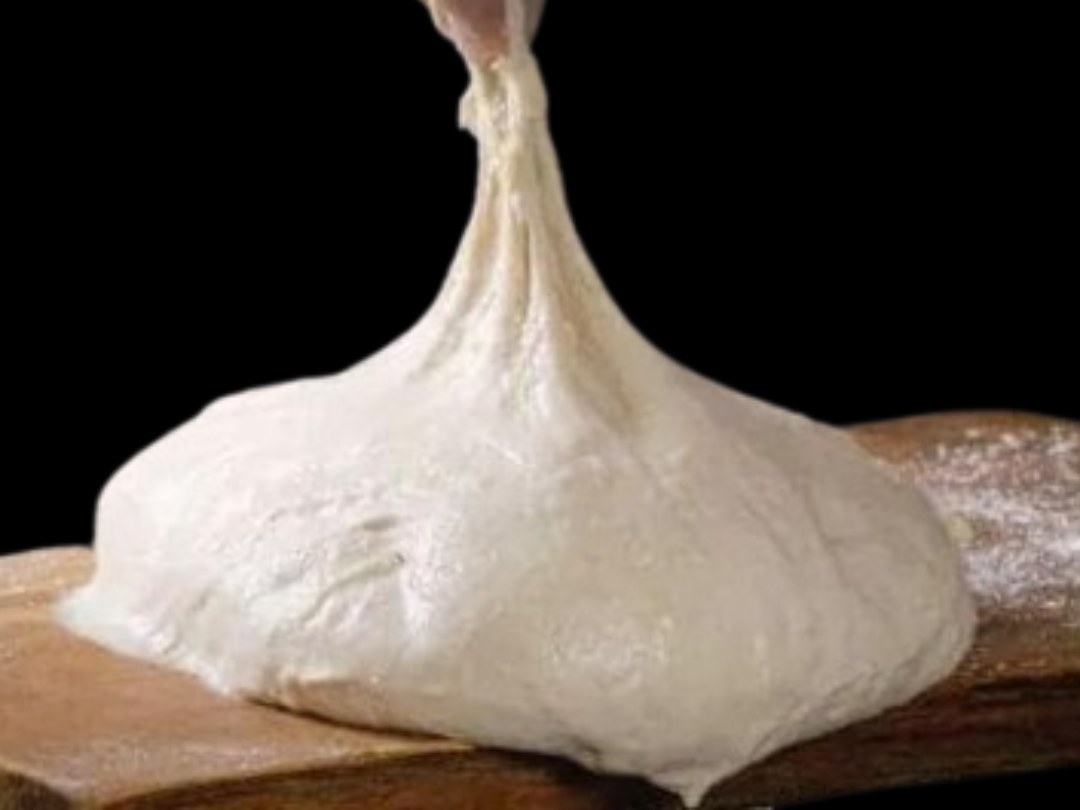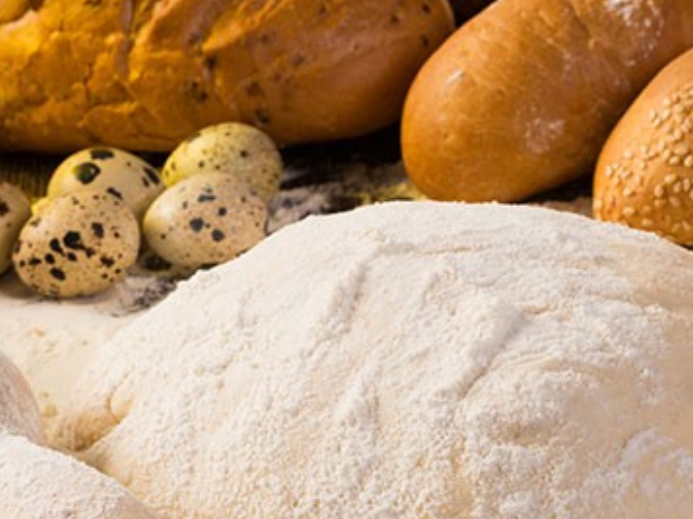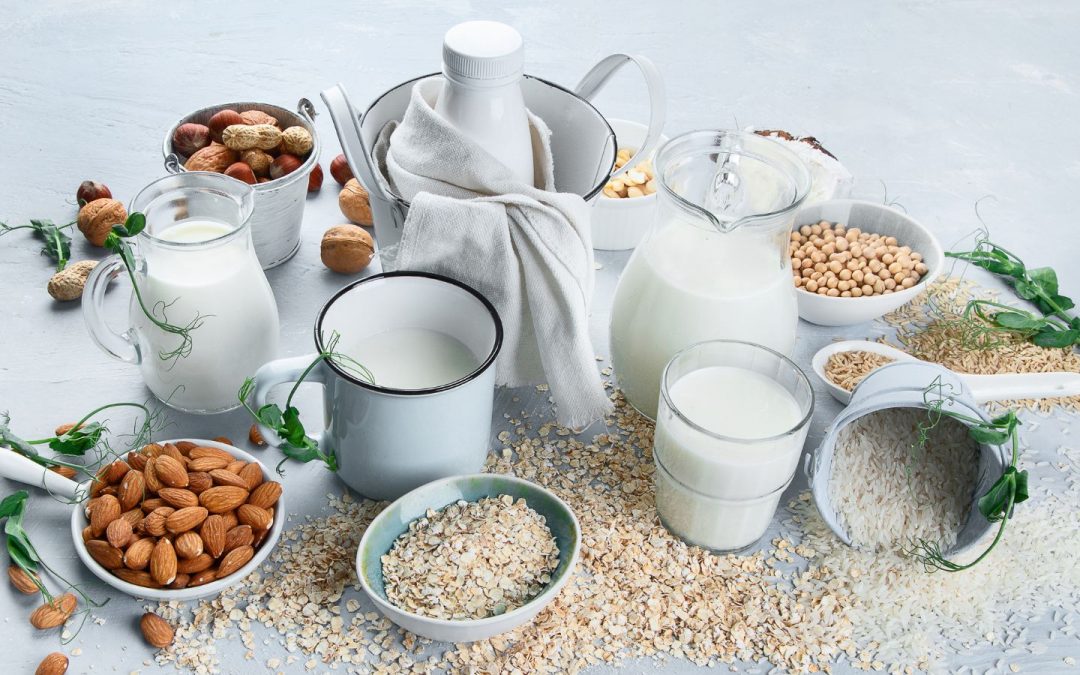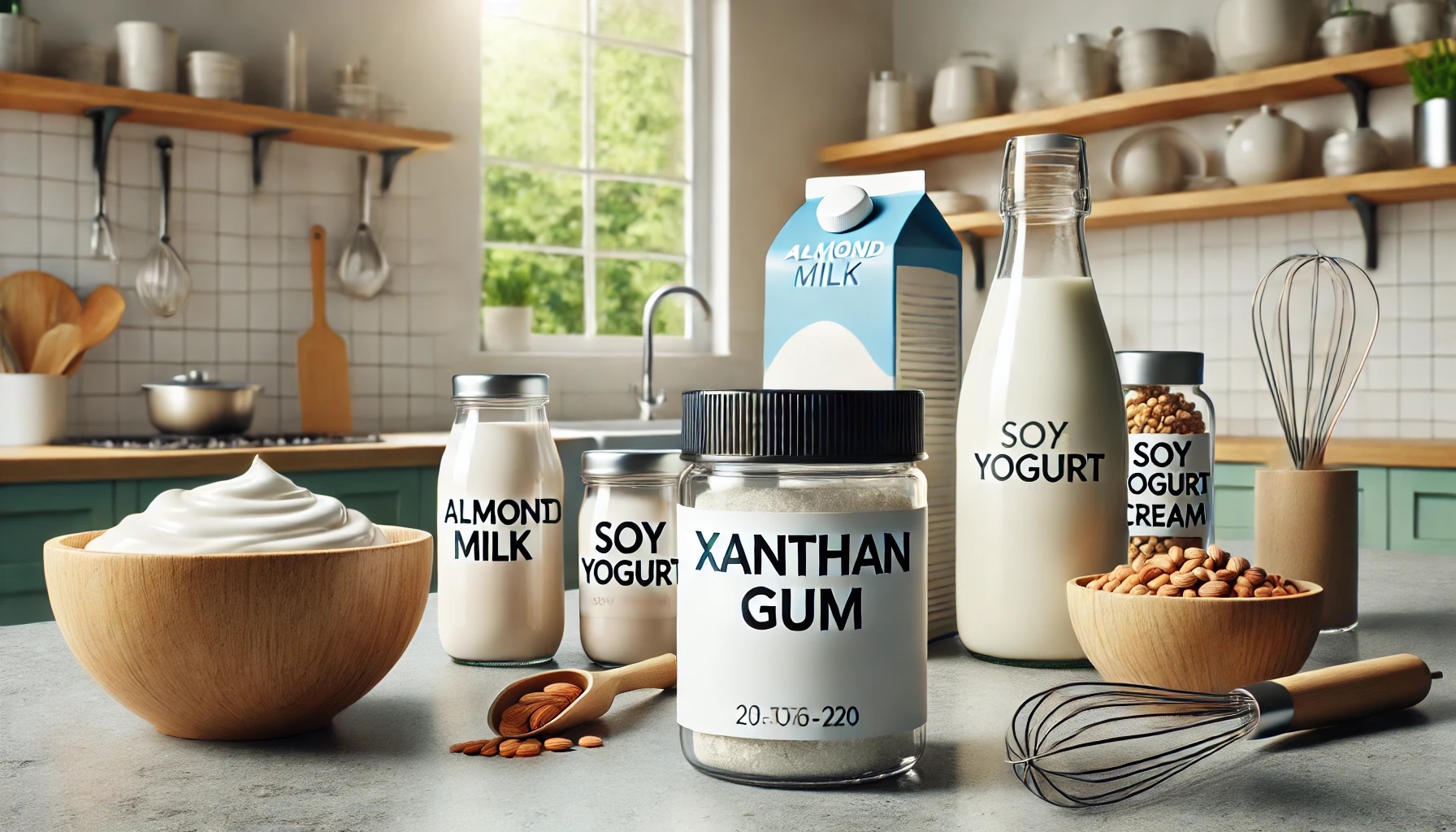In gluten-free baking, the absence of gluten poses significant challenges in achieving the structure, elasticity, and texture typical of traditional baked goods.
Xanthan gum provides essential functionalities that allow bakers to recreate the qualities of gluten-rich products.
In this blog, we discuss the top five ways xanthan gum revolutionizes gluten-free baking, backed by its unique scientific properties.
1. Xanthan Gum: Replicating Gluten’s Elasticity and Structure
Gluten’s role in baking is to form an elastic network that traps gas during leavening, giving baked goods structure and chewiness. Xanthan gum compensates for the lack of gluten by creating a similar elastic network.

- Elastic Properties: Xanthan gum’s high molecular weight and unique molecular structure allow it to create a flexible matrix in dough, mimicking gluten’s elasticity.
- Structural Integrity: By cross-linking with other ingredients, it forms a stable network that holds gluten-free doughs together, preventing collapse and improving volume.
This ability to replicate gluten’s function is critical in producing gluten-free bread and pastries with a satisfying texture and form.
2. Improving Dough Consistency and Handling
One of the key challenges in gluten-free baking is managing dough that is often sticky and lacks structure. Xanthan gum significantly improves dough consistency, making it easier to work with.
- Increased Viscosity: It binds with water to increase dough viscosity, giving it the necessary thickness and pliability for kneading and shaping.
- Reduced Stickiness: It helps to reduce stickiness, improving dough manageability and eliminating the need for excess flour or starch during handling.
These enhancements make the gluten-free dough more predictable and easier to work with, leading to better end results.
3. Stabilizing Air Bubbles for Improved Leavening

Gluten-free doughs often struggle to hold gas, resulting in dense, flat baked goods. Xanthan gum acts as a stabilizer, ensuring that air bubbles formed during leavening are retained.
- Gas Retention: It creates a strong network that traps gas bubbles generated by yeast or chemical leaveners. This retention improves rise and overall volume.
- Uniform Crumb Structure: By stabilizing air bubbles, xanthan gum ensures a more even crumb, producing lighter, fluffier baked goods.
Without xanthan gum, gluten-free products often lack volume and exhibit poor texture due to inadequate gas retention.
4. Enhancing Moisture Retention and Extending Shelf Life
Gluten-free products tend to dry out faster than their gluten-containing counterparts. Xanthan gum addresses this issue by significantly improving moisture retention.
- Water-Binding Ability: It has a high water-binding capacity, which helps retain moisture throughout the baking process and during storage.
- Reduced Staling: By preventing rapid moisture loss, xanthan gum slows the staling process, ensuring that gluten-free baked goods remain soft and fresh for longer periods.
This property is particularly valuable in gluten-free breads and cakes, which can otherwise become dry and crumbly quickly.
5. Improving Texture and Mouthfeel
Texture is a key differentiator in gluten-free baking. Without gluten, many products can feel dry, gritty, or overly crumbly. Xanthan gum improves the overall texture and mouthfeel by enhancing cohesiveness.
- Cohesiveness: It holds ingredients together more effectively, resulting in a smooth, cohesive texture that is less prone to crumbling.
- Smoother Mouthfeel: By forming a homogenous matrix, xanthan gum eliminates the gritty texture often found in gluten-free products, leading to a smoother, more palatable experience.
This improvement in texture is essential in meeting consumer expectations for gluten-free products that rival traditional baked goods.
Conclusion
Xanthan gum has revolutionized gluten-free baking by addressing the key technical challenges posed by the absence of gluten.
From replicating gluten’s elasticity and improving dough consistency to enhancing moisture retention and texture, xanthan gum is indispensable in creating gluten-free products that are structurally sound, enjoyable to eat, and comparable to their gluten-rich counterparts.








